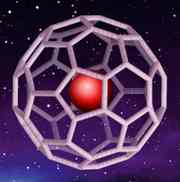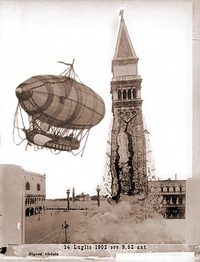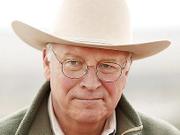One interesting thing about C-60 carbon fullerene molecules, or "Buckyballs," as Rice people have been calling them ever since they found the things in 1985, is that they don’t have to be that size.
Or that shape.
In fact the most useful structures based on this form of carbon are Buckytubes, which the rest of the world (which has no sense of humor) knows as carbon nanotubes.
Imagine the basic structure of a soccer ball, with carbon atoms in each corner of each pentagon, then instead of wrapping it around itself as tight as possible open the sides until they head into infinity. And beyond.
Well you don’t have to make the ball tiny either, even though that’s the first type of Buckyball Drs. Smalley, Curl and Kroto actually found. You can extend the structure as you would with a nanotube and make it really big.
Fine, Mr. Smarty Riceypants, but what can you do with them? Well, you put stuff in ’em. Like hydrogen. And here’s the thing, as the kids at Dr. Boris Yacobson‘s lab (back at the mothership) have just figured out with their cool computer models. They can hold hydrogen as tightly as the gravity found in the center of Jupiter.
By Jove indeed.
"Bonds between carbon atoms are among the strongest chemical bonds in
nature," Yakobson said. "These bonds are what make diamond the hardest
known substance, and our research showed that it takes an enormous
amount of internal pressure to deform and break the carbon-carbon bonds
in a fullerene."
Now, of course, we have to make the things. And cheap. But imagine a
fleet of black, black Buckyballoons, flying across from Hawaii to the
mainland, powered by small fuel cells, filled with cheap hydrogen we
can use to power our cars, our trucks and our machinery.
Imagine them
flying in from Iceland, or heading across the Sea of Japan — from
anywhere with abundant quantities of easily-tapped geothermal energy,
to an energy-thirsty world.
And when you tap those balloons, when you empty them into the smaller
containers from which it will be "burned" with oxygen, what comes out?
Water, my friend.
Water of love deep in the ground
But there ain’t no water here to be found
Some day baby when the river runs free
It’s gonna carry that water of love to me
Is it possible that’s what Thomas Pynchon was dreaming of? Not helium balloons against the early 20th century sky, but 21st century energy tankers. The Chums of Chance were truck drivers! (Picture from DaveydreamNation.)
Or will be.












